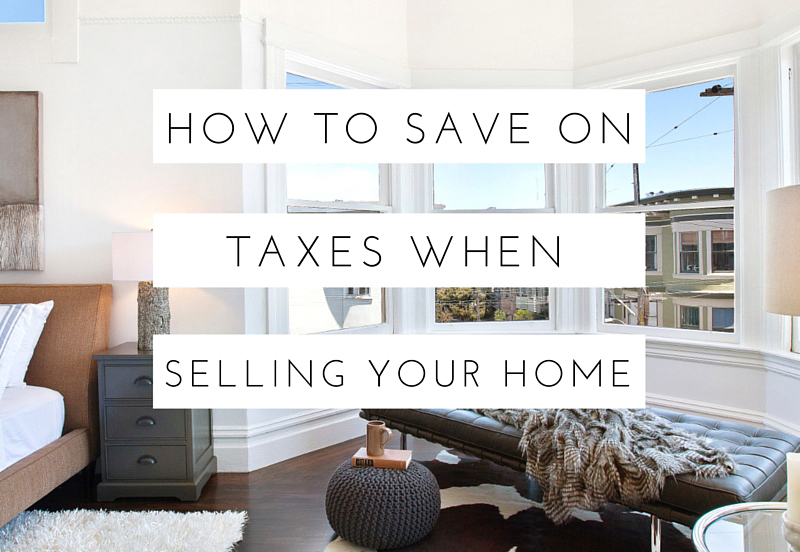How to Save on Taxes When Selling Your Home

With the dramatic rise in prices in San Francisco, many sellers are realizing a huge profit on the sale of their homes. Besides having a lovely place to call your own and enjoying tax advantages, you probably have a tidy profit for your next chapter of life. While this is obviously a great thing, many sellers find themselves in a position where their profit will exceed the capital gains exclusion for a primary residence.
To save on taxes it’s important to understand how profit and taxes are calculated on the sale of your home. Note: this is a great starting place but I’m not a tax professional. Make sure you consult with one about your situation.
What is capital gains tax and who owes it?
Most home sellers can exclude a large portion of their profit from capital gains taxes. You can exclude $250,000 of your gain from taxes if you’re single or $500,000 if you’re married if you meet the following requirements:
The home is your primary residence.
You owned the home for at least two years before selling.
You lived in the home for two out of the five years before the sale (the period of occupancy does not have to be consecutive).
You have not excluded a capital gain from a home sale in the preceding two years.
You can take a partial exclusion under certain situations, such as a change in employment, even if you haven’t met the ownership/residency requirements.
How is capital gains calculated?
For tax purposes, your capital gain on the sale of your home is the sale price minus your adjusted cost basis. So what exactly is the adjusted cost basis?
Your cost basis starts with the price you paid to buy your home. When you make improvements to your home, the costs of those improvements are added to your basis. Some examples of improvements include replacing a roof or remodeling a kitchen. Repairs and maintenance, however, are not improvements and cannot be added to your basis. Fixing a toilet, for example, is a repair, not an improvement.
The adjusted cost basis is subtracted from the sale price of the home when calculating capital gains. The higher your “adjusted cost basis,” the lower your capital gains and the smaller your capital gains tax.
What can I deduct to save on taxes?
Since improvements are deductible, you’ll want to make a list of what you’ve done over time. If you have old photos of your home from when you bought it, this is a good way to start. If you haven’t kept records, going back through old receipts or credit card statements can be a helpful way to document these improvements. And for your next home, start documenting from the beginning!
At the beginning of each year, review home expenses for the past year and enter them into a spreadsheet. If you are not sure whether an expense is a capital improvement or a repair, check with your accountant or consult IRS Publication 523.
The costs associated with selling your home can also be deducted from the profit you made when selling and can be substantial. According to NOLO, this includes:
Realtor Fees and commissions
legal fees, closing costs, escrow (these should be documented on your closing statement)
attorney fees
Advertising fees
Substantial improvements to your home before selling
Appraisal fees
Special considerations for condos
For condo owners, the second type of improvements that you can add to your adjusted basis are capital improvements your homeowners' association makes to the building's common areas. For example: replacing a roof, an elevator, or a central heating system while you have owned your property. Your homeowners' association should be able to tell you how much this is and your pro rata share of the cost of these improvements should be added to your adjusted basis. Remember: repairs and maintenance are not a deduction.
As with all things having to do with taxes, there is much more to this than can be adequately described here and you should consult a qualified tax specialist for questions regarding your particular situation.
